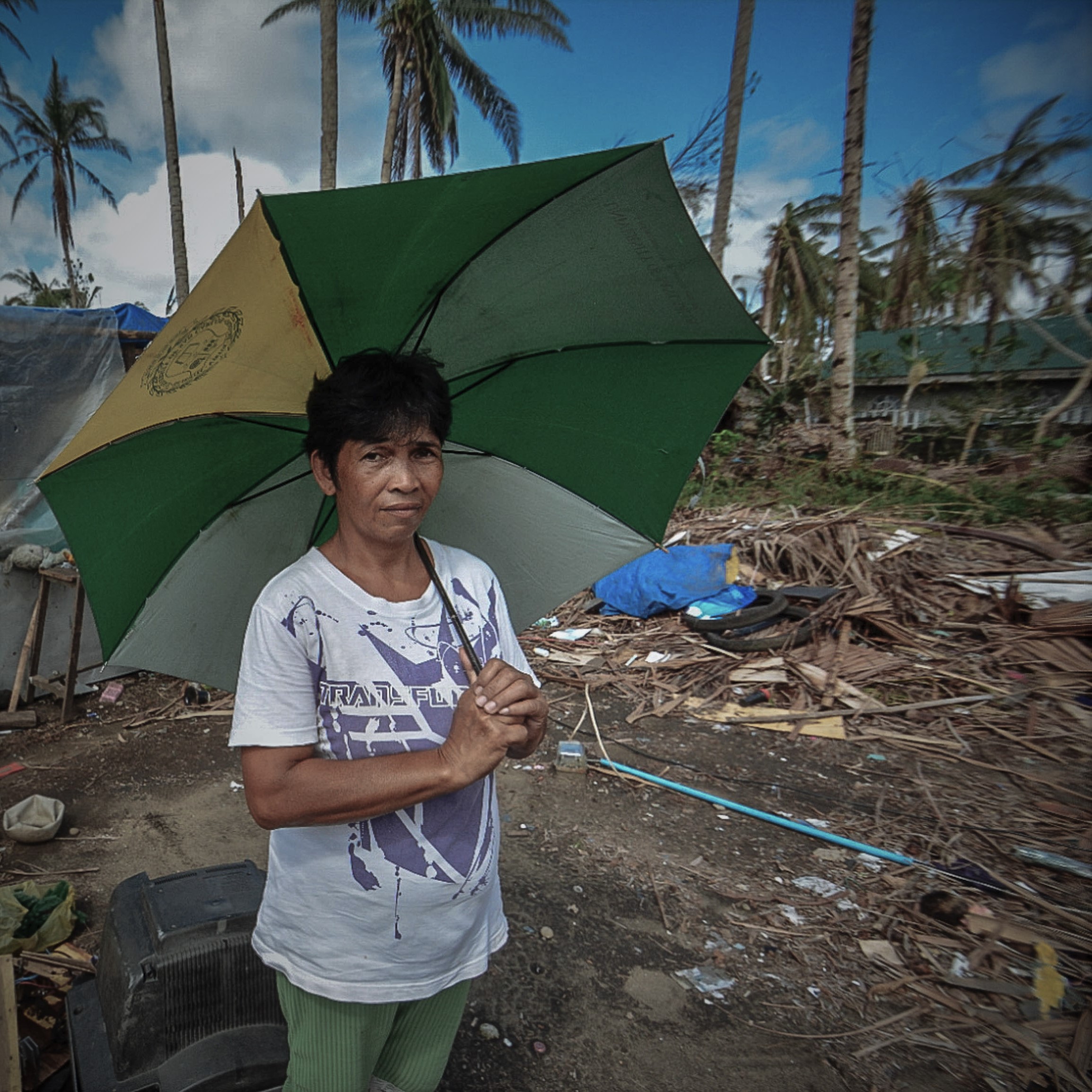
Disaster Studies: A need for Interdiscipinarity and Intersectionality
Human Behavior - ‘a key reason’ of vulnerabilities in communities that experiences disasters, also the aspect of a disaster where we can target actions to reduce the risk of a disaster. Natural scientists need to have a social scientific sophistication because they offer an understanding of shocks and hazards, they can’t explain the vulnerabilities and the understanding of how people cope with disaster, so its important to understand how culture, social structures, inequality affect the risks and the capacities to cope with disasters. This course aims to be illustrative, and build a holistic understanding and understand the interaction between social change and disasters.
Disasters are mishaps or tragic events. ‘Dis’-bad ‘star’-fate, a bad fate. Unexpected events that cause harm or damage beyond coping capacity. Hard to predict the impact and damage and function of the community itself. Resistance and resilience are dependent on the abilities of the community. Not all hazards are disasters. Disaster classification - Scale, Time, Impact. Disaster can be major or minor (localized and small impact) disasters. Predictability and preparation also influence how major or minor disasters are classified. If there is a warning, the impact can be minimized. Exogenous (forces come from outside the society) vs Endogenous (forces exist within the society, heterogeneity of impact valence within society) disasters.
Who are we holding responsible for the conflict between humans and nature? Animal-Human conflict? Kill animals vs Limit human encroachment of animal areas? (Definitely latter) Similarly, earthquake, a risk reduction technique is to prevent human settlement in risk-prone zones. But sometimes things get hard to separate e.g., hybrid disasters. In the post-industrial Anthropocene era, humans have influenced natural disasters and the nature of hazards has changed. What were once rare “once-in-a-lifetime” events are becoming more common by virtue of human influence eg. flash floods. As it is getting harder to predict disasters, so the focus has shifted to disaster adaptation, to mitigate damage from hazards. Human growth has not stopped, there are movements to reduce it, the growth hasn’t stopped. It has led to conflicts that are more and more affected by social factors, media representation, and politics.
Disasters have multifold impacts. The definition of disasters has changed over time. It’s gone from being considered an act of God, to the entrance to social vulnerabilities and whether they can be altered, but now it’s been seen as systemic events that are social catalysts of some sort. Carr definition - Disasters as the collapse of cultural protections. The questions that followed were what these protections are, how they work, how can they be modified to reduce vulnerabilities are external influences necessary or communities can reinforce them. The idea of impact has also been altered with time, no longer purely related to material loss. The newer definitions also include non-material losses, and also include the alterations produced by disasters to the social/physical landscapes of the impacted society. The old perspectives are often still evoked and define the post-disaster response. Eg. COVID-19 is ‘an act of god’, despite a significant acknowledgment of the fact that disasters are a socio-political event.
Not all hazards are disasters and preparation can reduce disasters and further there is a rise in disasters globally. There is overlap in vulnerabilities which are stacking up and leading to increasing vulnerabilities, especially in our geographical area ie. India, South East Asia where developing countries are highly dependent on natural resources and leading to increasing exploitation for development. There is no simple solution to the situation. Further, disasters are influencing the socio-political climate and have a heterogeneous impact on different parts of the community. Thus we need to study disasters with all its aspects. This is a very interdisciplinary area. We need to look at disasters from all perspectives: Ecology, Sociology, Developmental studies, etc. And we also, we need to understand intersectionality in identities which leads to the multiplication of vulnerabilities in the context of a disaster and social response to hazards.
